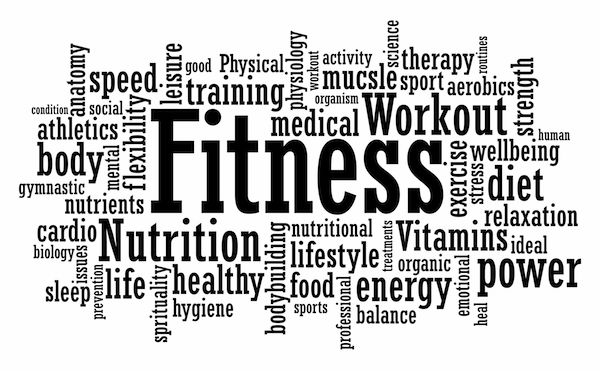We’ve all said things like I was weak at the knees or that turns my stomach, but are we describing something real when use those phrases? Researchers wanted to know how our emotions affect bodily sensations so they conducted 5 experiments including a total of 701 people. The participants were all given body silhouettes and asked to color the regions that increased or decreased in sensation when viewing words, stories, movies or facial expressions associated with 13 different emotions.
Sensations in the head area were reported for all emotions. Most basic emotions were associated with elevated activity in the upper chest area likely due to changes in breathing and heart rate, according to the team. Increased activity in arms was prominent in anger and happiness, while decreased limb activity was linked to sadness. The digestive system was most affected by feelings of disgust. Happiness was the only emotion that enhanced sensations all over the body.
The researchers say these findings may one day help health care providers better understand mood and emotional disorders. That these results suggest emotional bodily sensations could be culturally universal.
I’m Dr. Ciny Haines of HealthDay TV with news from today that can lead to healthy tomorrows.




Leave a Reply